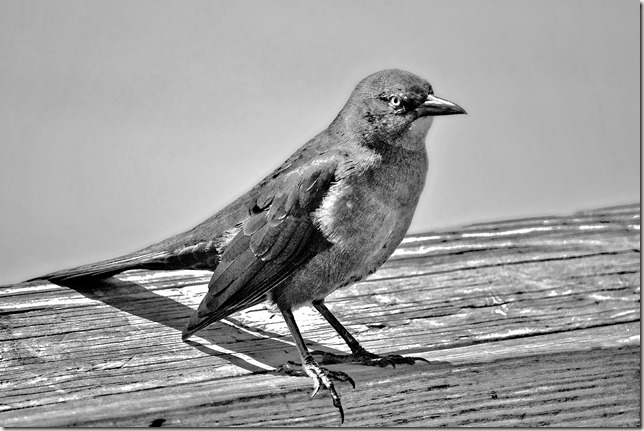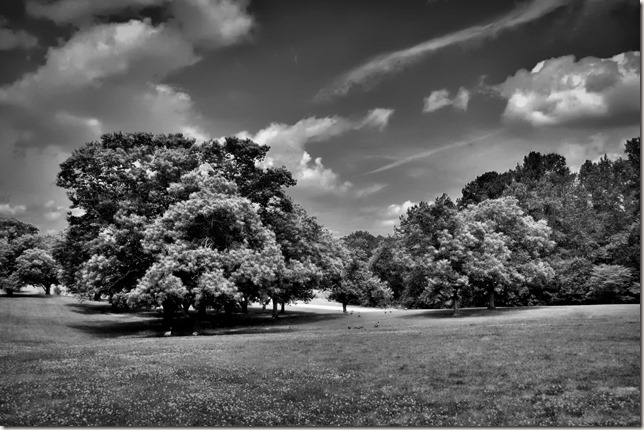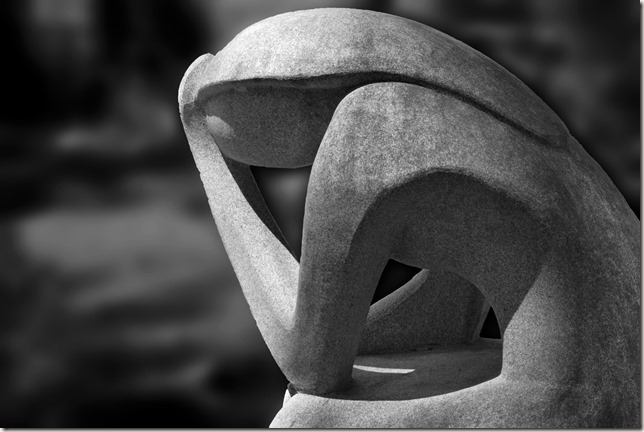Smooth Black and White
The post, Extreme Black and White, looked at B&W photography using just black and white with no or very few gray tones. In this article we will look at “smooth” black and white, using all or most of the tones available to digital B&W imaging. The images in this post are presented as JPG images with 256 shades of gray. That is enough to make well processed images appear gorgeously smooth and complete. Let’s start with a couple of examples.
What the two photos above have in common is smoothly painted surfaces, fine detail, and sharp focus. Than can make very nice B&W photographs.
Fine detail and texture can make photos come alive in B&W as the the next two examples show.
Architecture has always been a favorite subject for black and white photographers. Image manipulation can be especially effective with such buildings and their environment.
Click on any of the images to see then larger.
Landscapes also can be very effective in well-processed black and white, bringing out dramatic skies is a popular effect.
Indeed, black and white can be “smooth” and “gorgeous” with any subject that has a wide range of tones. The trick is “filling the histogram”, making sure that there are rich blacks and soft, subtle whites, and a full range of tones in between.
Even flowers, normally a subject strictly for color photography, can look great in B&W.
A smooth b&W photo can make you forget that the color is missing.
Fine portraiture can be specially effective in black and white.
Full tonal range, fine contrast, rich blacks, clean highlights, put those things into a photo and you have a fine image. If you have a compelling subject and draw the viewer into the picture, and you carefully attend to light and exposure, black and white can be smooth and satisfying.
This article was first published at the other Café Ludwig blog.
© 2015 Ludwig Keck












